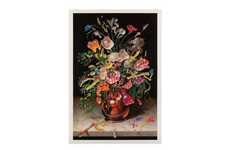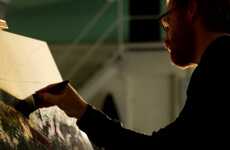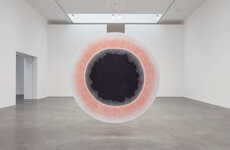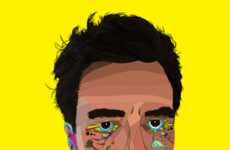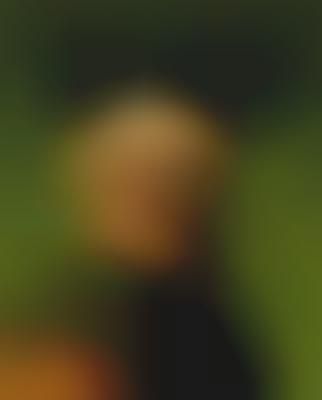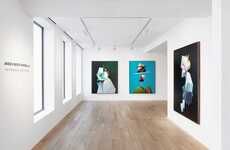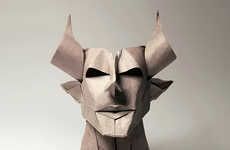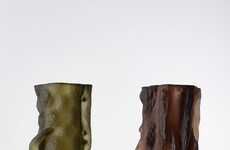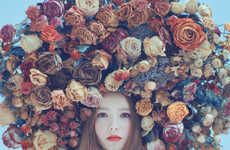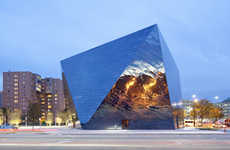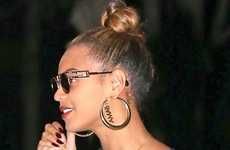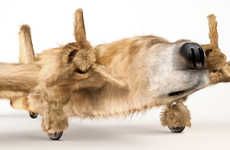
Bizarre People-Free Portraits
Tinkalicious — December 13, 2008 — Unique
References: seevanminnen & myloveforyou.typepad
At first glance, these 'portraits' by Christian Rex Van Minnen look like paintings of faces, albeit extremely strange and contorted ones. However, upon closer inspection, they are actually interpretations of his fascination with all aspects of anatomy, physiology and biology. The resulting abstractions are truly fascinating.
Christian Rex Van Minnen's description of "underpainting a primordial soup of paint and information" accurately describes his biomorphic oil painted images.
While the process can also be described as "creating a portrait without a sitter," there is a presence in the art that still sticks to the basic prerequisite artistic elements of a stable pyramid, centric oval and rectangle--but that's where the concessions to traditional portraiture end.
Christian Rex Van Minnen's description of "underpainting a primordial soup of paint and information" accurately describes his biomorphic oil painted images.
While the process can also be described as "creating a portrait without a sitter," there is a presence in the art that still sticks to the basic prerequisite artistic elements of a stable pyramid, centric oval and rectangle--but that's where the concessions to traditional portraiture end.
Trend Themes
1. Biomorphic Art - There is an opportunity for artists to explore the intersection of art and science through biomorphic oil paintings, creating truly unique interpretations of anatomy and biology.
2. Portrait Reimagined - Artists have the opportunity to push the limits of traditional portraiture by reimagining the human form through abstraction and distortion.
3. Anatomical Fascination - There is a trend towards artists exploring and interpreting the fascinating elements of anatomy and physiology through their artwork.
Industry Implications
1. Art and Design - The art and design industry can explore new avenues of creativity through the creation of biomorphic paintings that merge the fields of science and art.
2. Museums and Galleries - Museums and galleries have the opportunity to showcase unique and fascinating artwork that pushes the boundaries of traditional portraiture.
3. Healthcare and Education - The healthcare and education industries can utilize biomorphic artwork as an educational tool to educate and inspire about the complexities of human anatomy and physiology.
3.1
Score
Popularity
Activity
Freshness


